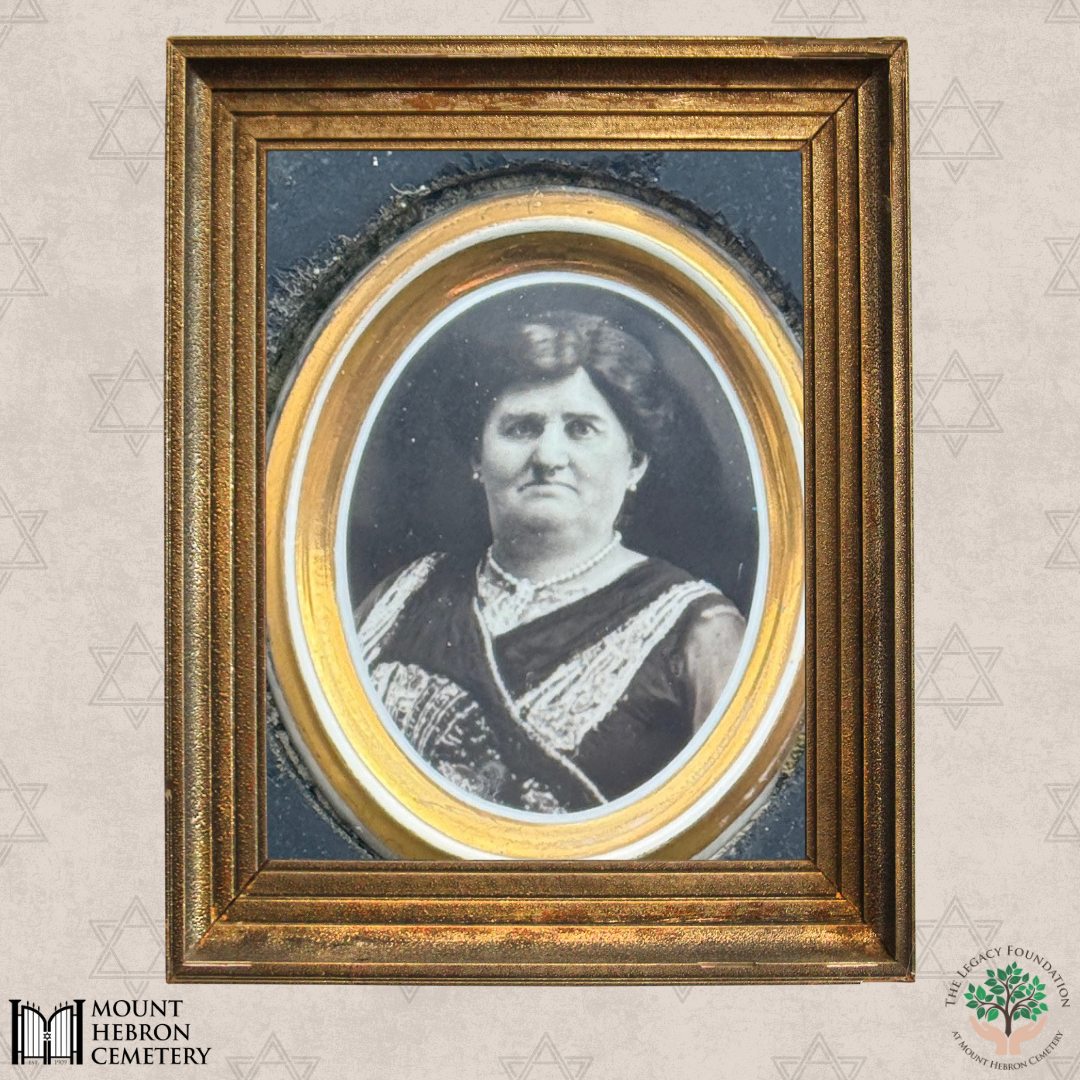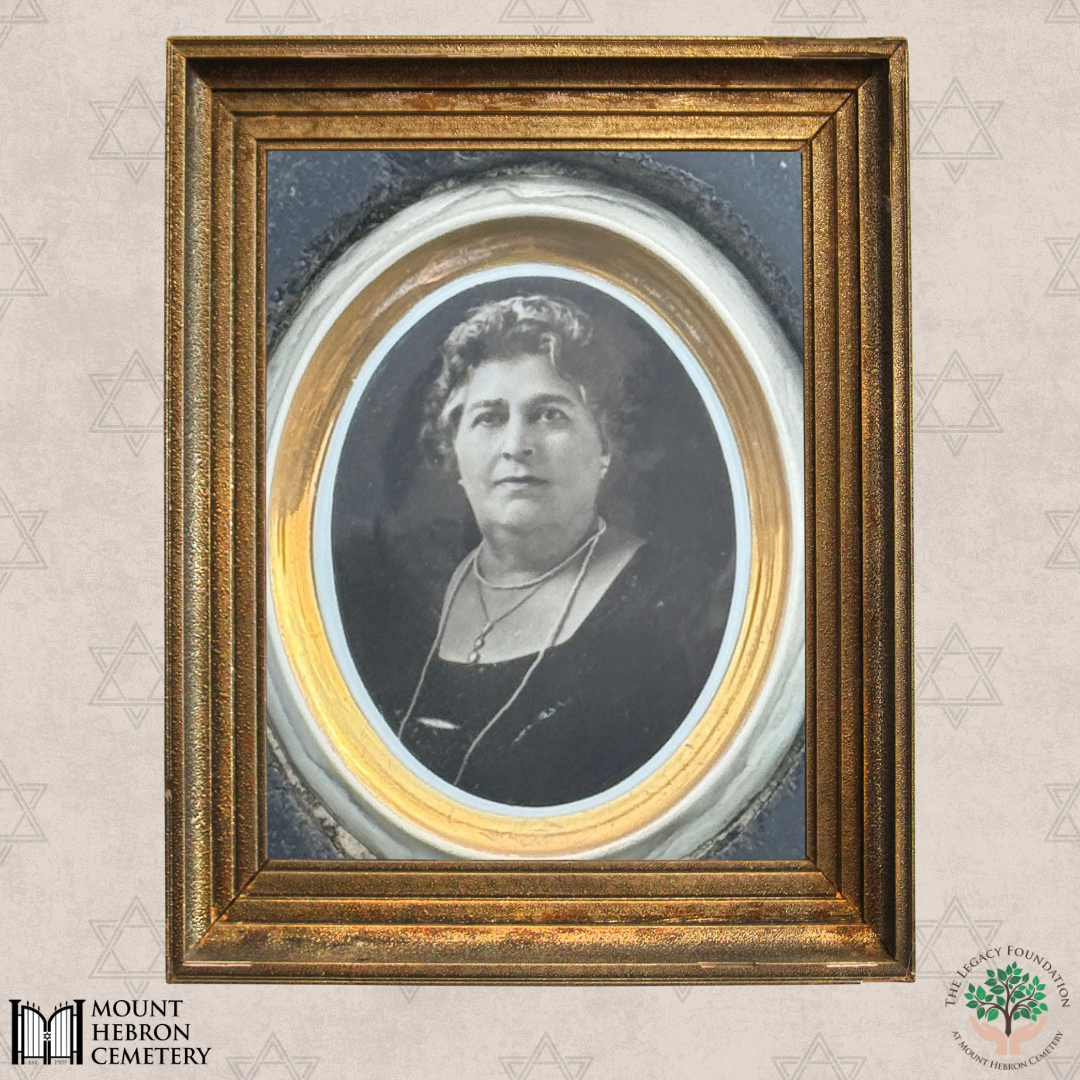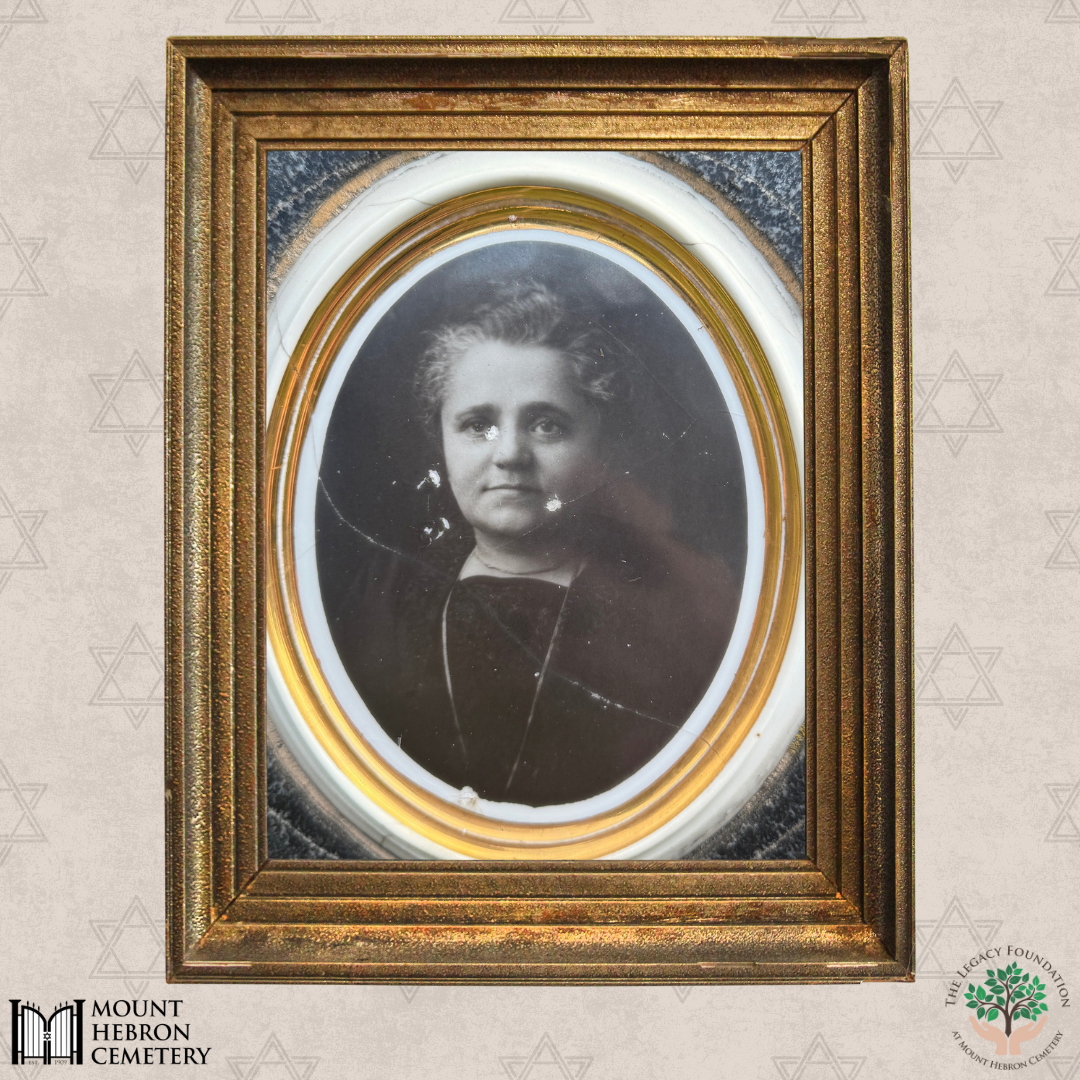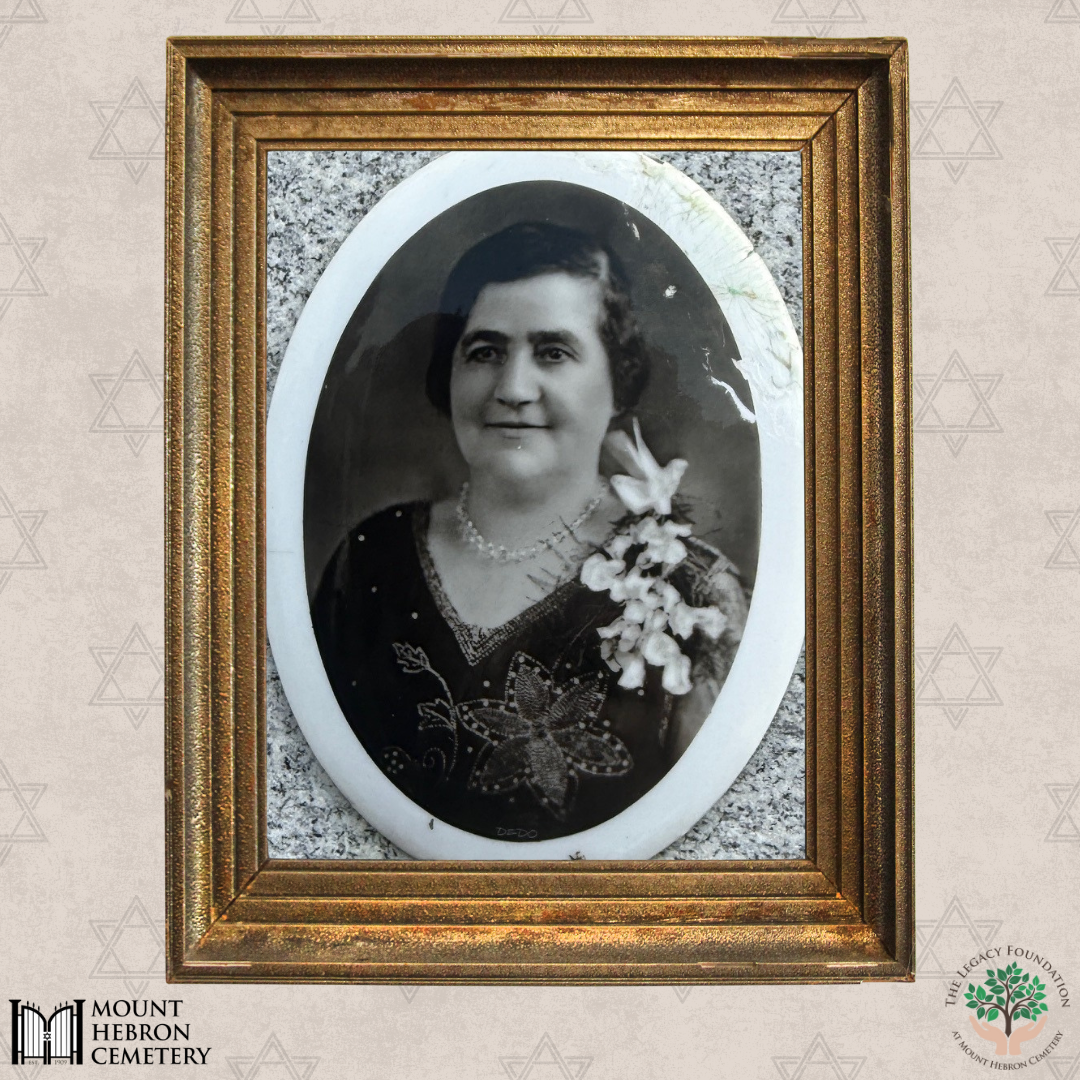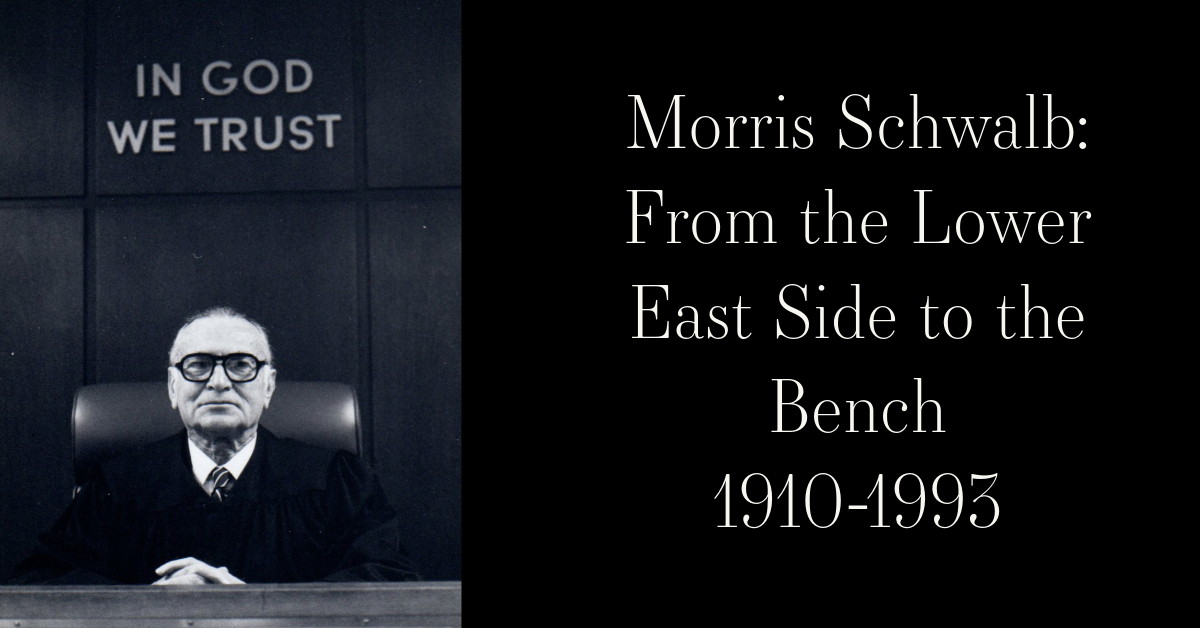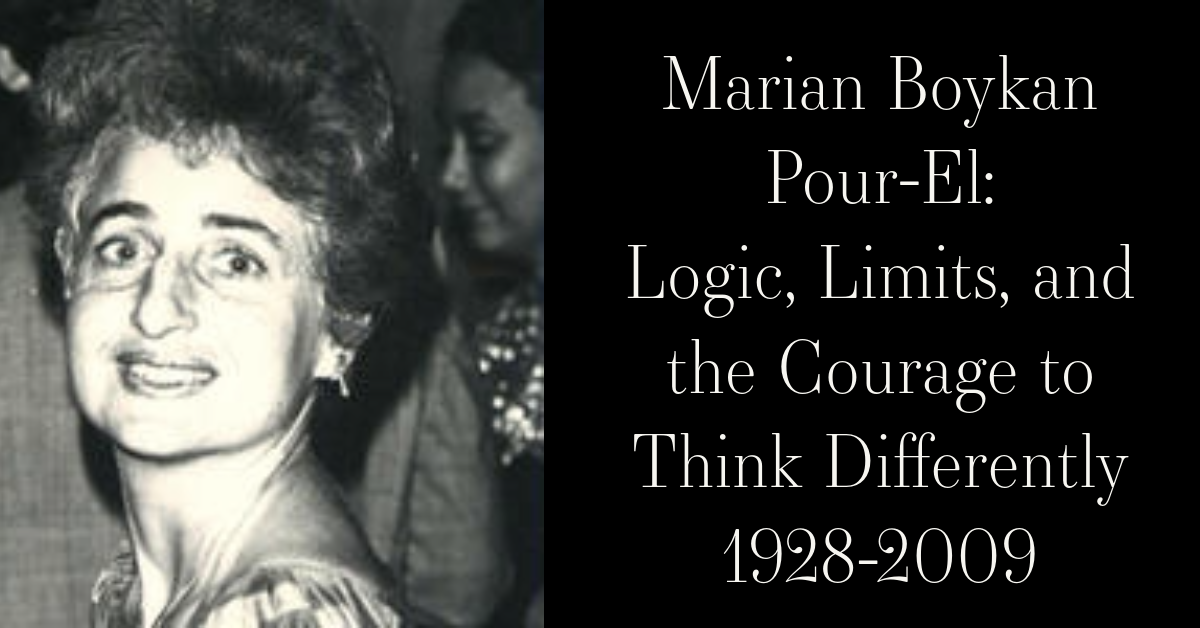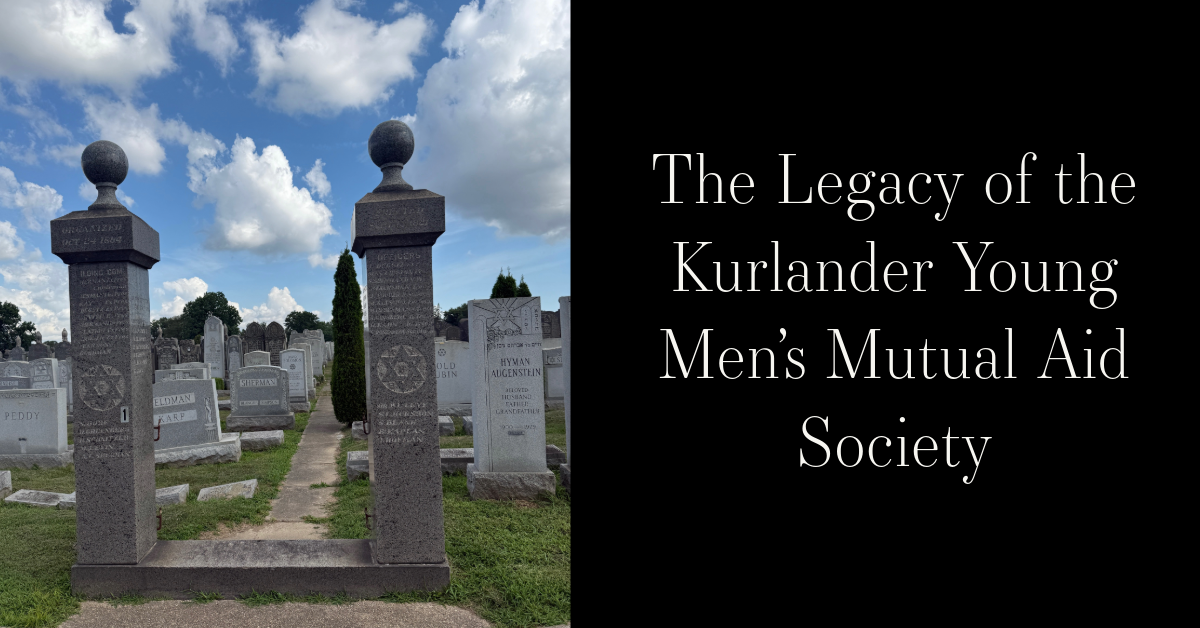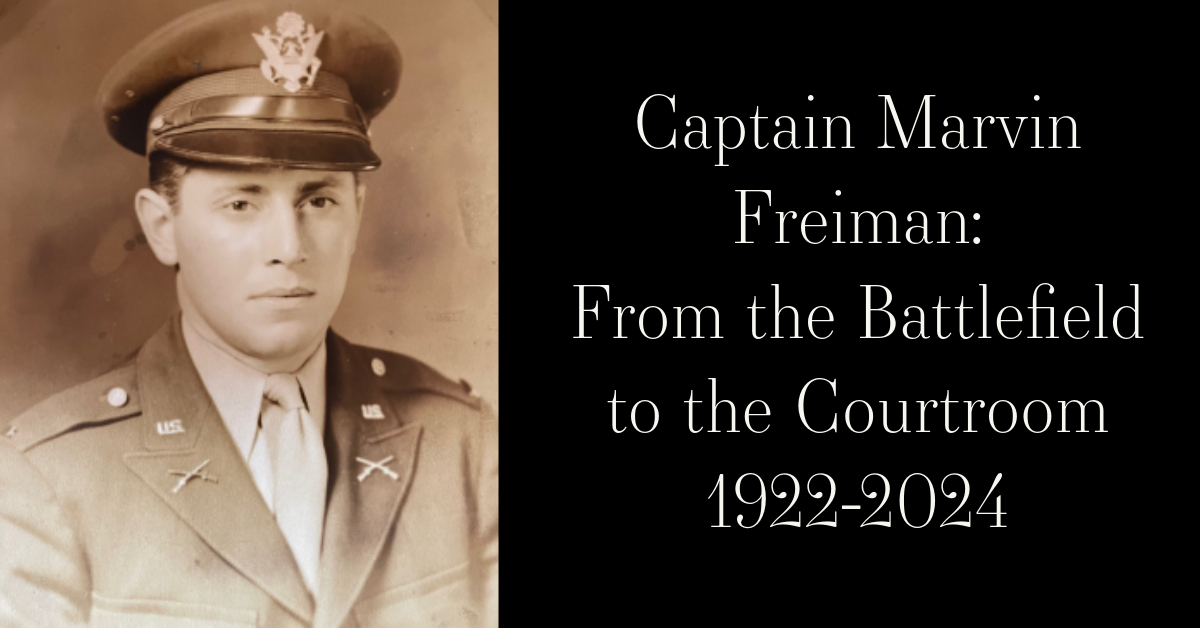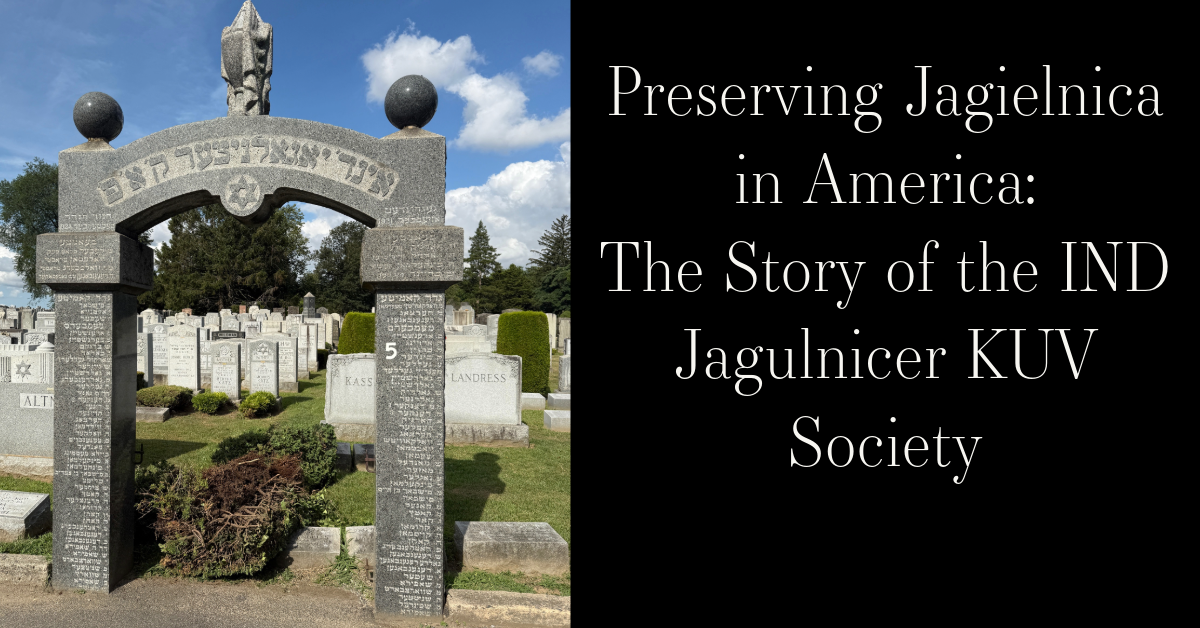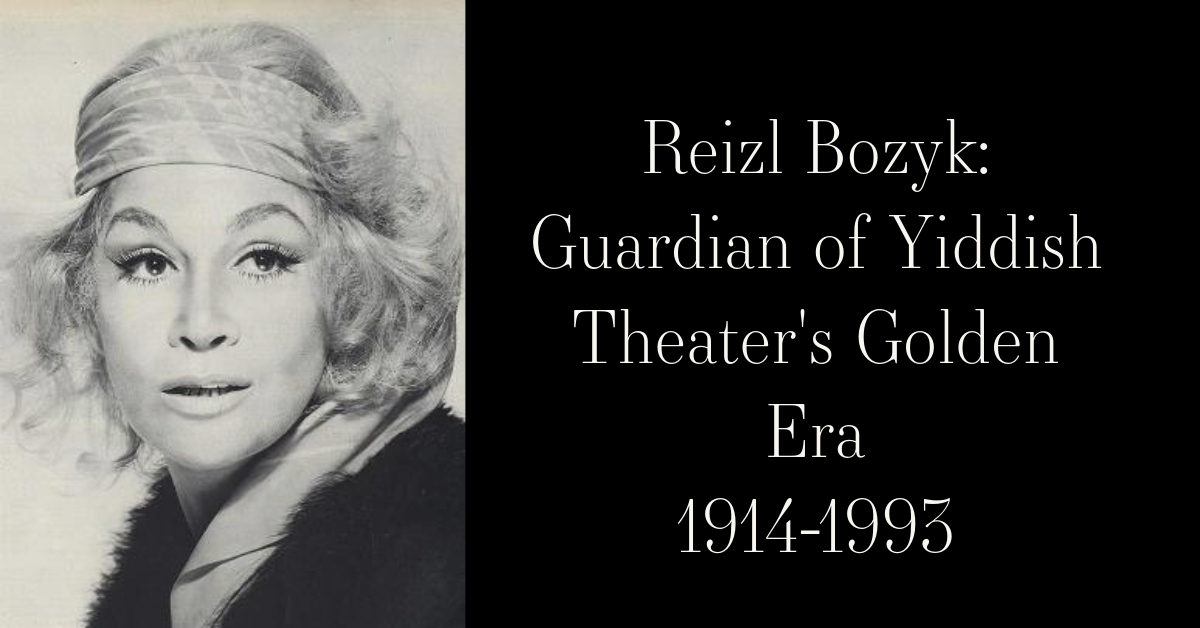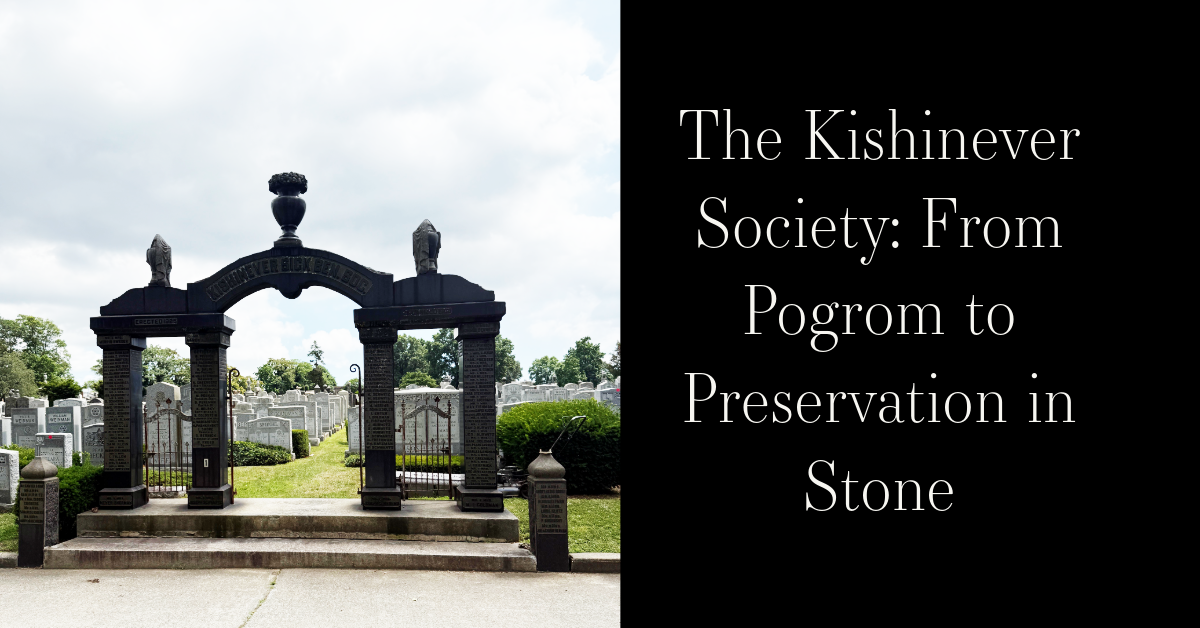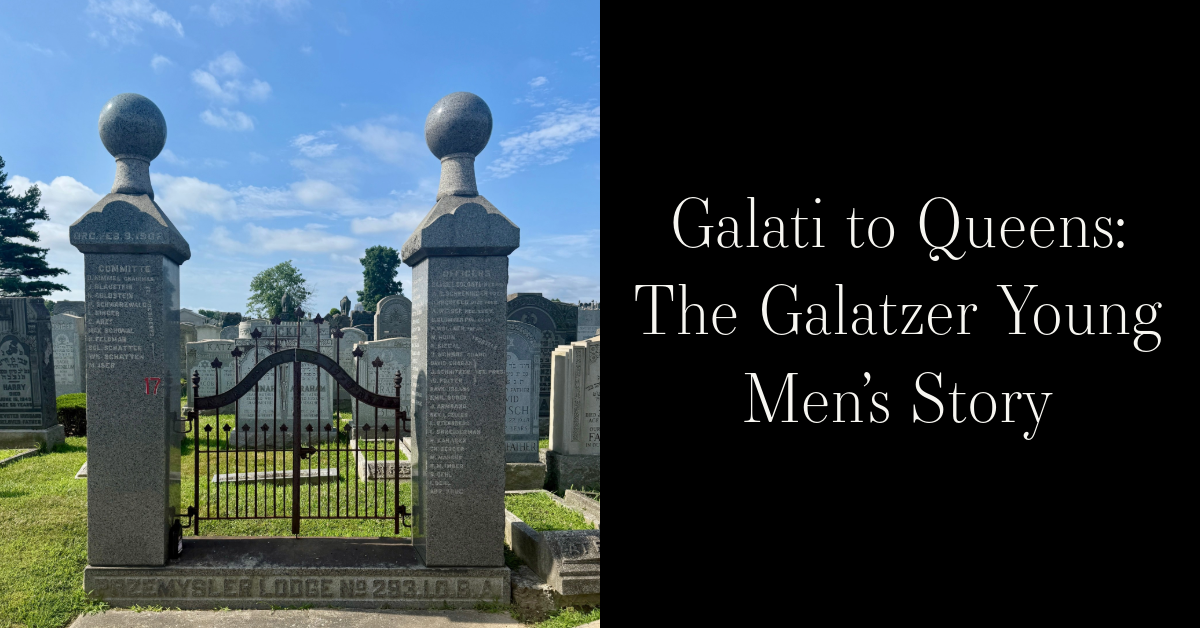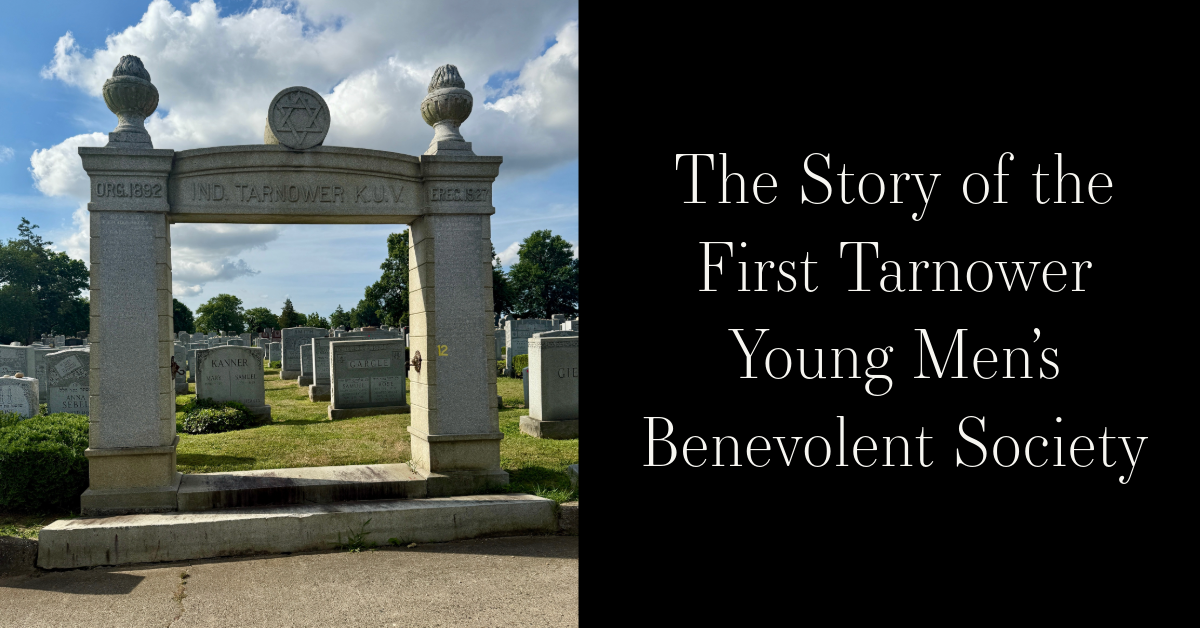Story Summary:
The Kolomear Frauen was a Jewish women's aid society formed in New York by immigrants from Kolomyya, Ukraine. It provided support, community, and burial services while preserving the memory of their hometown, later destroyed during the Holocaust. Though the society no longer exists, its legacy lives on at Mount Hebron Cemetery as a quiet testament to resilience and remembrance.
~Blog by Deirdre Mooney Poulos
Sisters of Memory: The Kolomear Frauen Legacy
Along the Prut River in Western Ukraine lay Kolomyya, a town whose Jewish roots stretched back centuries. It was first destroyed in the 1648 to 1649 Khmelnytskyi massacres, then reborn by the 19th century into a thriving community of nearly 19,000 Jews, bustling with synagogues, schools, and factories led by Jewish entrepreneurs. Women there began stepping beyond the home, joining charities, caring for orphans, and even organizing orphanages under leaders like Antonina Hulles, a member of the Jewish Council for Orphans who later died in Belzec. When waves of pogroms, antisemitic restrictions, and economic decline struck in the late 1800s and early 1900s, many Kolomyans emigrated to New York.
In their new city, Jewish women from Kolomyya founded the Kolomear Frauen society, a women’s mutual-aid group that secured burial plots at Mount Hebron Cemetery, offered support to the sick, and upheld the communal bonds they had carried from home. The society’s name was a bridge across continents, an assertion that although they had left Kolomyya's cobbled streets and riverbank behind, they remained bound by shared history, Yiddish culture, and faith.
Yet the horrors of the Holocaust shattered their old world. Under Nazi occupation in 1941, Kolomyya’s Jews were forced into ghettos. Many were deported to Belzec or shot in nearby forests. The Judenrat, led by figures like Mordekhai Horowitz, attempted to mitigate suffering, providing food, documenting lists, and hiding children, but faced impossible choices under occupation. Thousands perished, including prominent community members like Horowitz and his sister Maria who took their own lives in despair.
Meanwhile in Queens, the Kolomear Frauen society kept alive the names and memories of those lost. The women quietly honored milestones, tended to members, and preserved Yiddish traditions through burial ceremonies beneath gray stones. As second and third generations embraced new identities, the society likely faded by the mid 20th century, but the stones remain. In the Kolomear Frauen section at Mount Hebron, headstones mark names in script, stand as monuments to survival, and whisper of the strength that Jewish women carried from Kolomyya’s streets across the ocean.
Their story, a woman-led society born from centuries-old community, scarred by pogroms and genocide, sustained by compassion, is a testament to resilience and remembrance. Though the Kolomear Frauen may be unknown to many, their legacy endures in Queens, a silent sisterhood whose acts of care and memory preserved a piece of Kolomyya’s soul.
~Blog by Deirdre Mooney Poulos
Work Cited:
JewishGen KehilaLinks – Kolomyya Community: https://kehilalinks.jewishgen.org/Kolomea/
Jewish Galicia & Bukovina – Kolomyya’s Jewish Life: https://jgaliciabukovina.net/110697/community/kolomea
JewishGen – Holocaust Survivors from Kolomyya: https://www.jewishgen.org/databases/holocaust/KolomyyaSurvivors.html
Wikipedia – Mordekhai Horowitz: https://en.wikipedia.org/wiki/Mordekhai_Horowitz
Wikipedia – Antonina Hulles:
https://en.wikipedia.org/wiki/Antonina_Hulles


